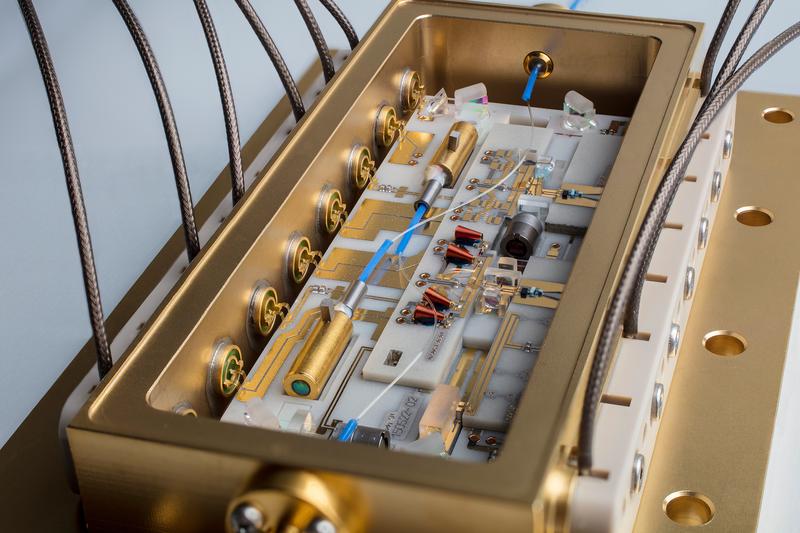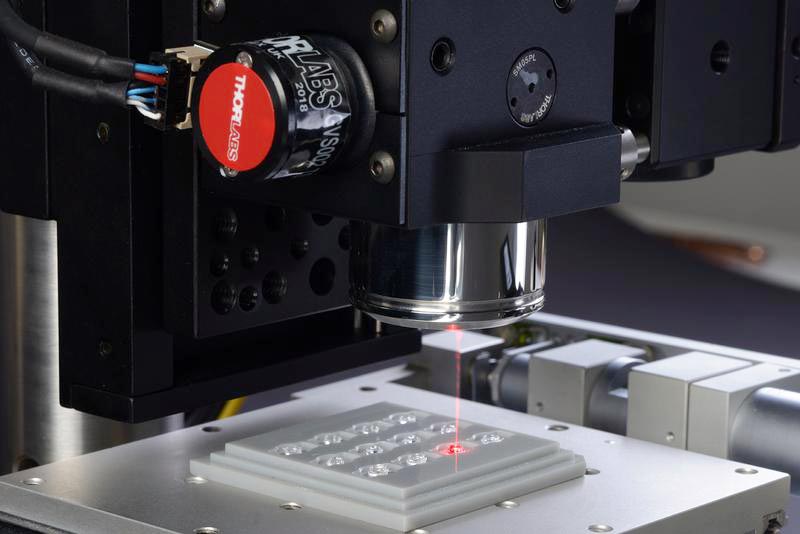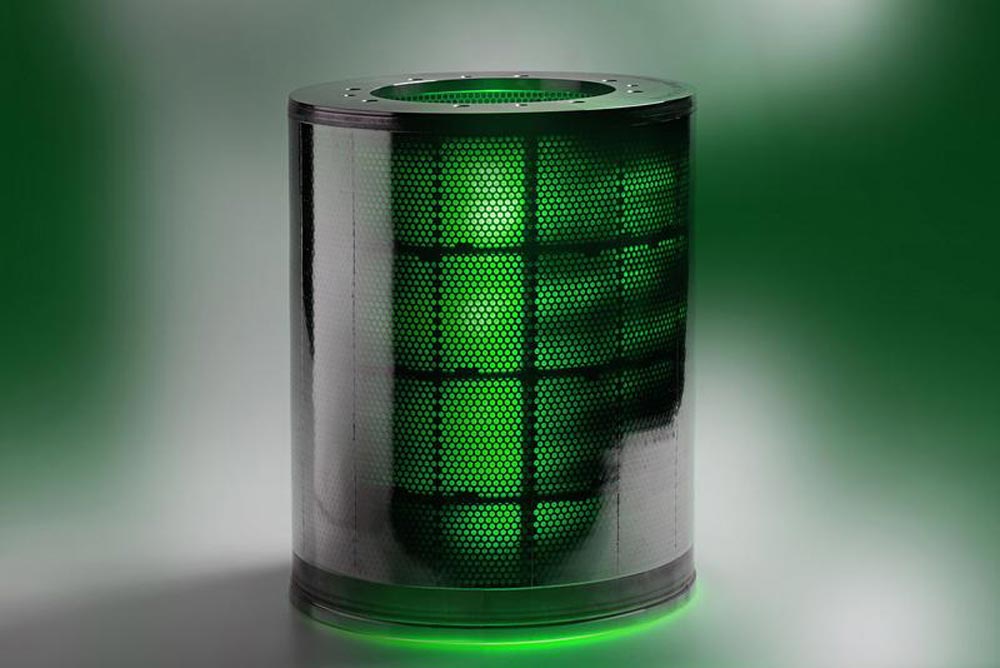

- Innovation project optimizes set-up, testing and upgrading of machine and plant networks
- Devices autonomously assign their own network addresses
- Automatic network adaptation across all phases of plant lifecycle
- Simplification of typical applications such as device replacement or integration of series-production machines
- Remote services made simpler and more secure
At the Hannover Messe 2015 Siemens is presenting an early-phase innovation project, in the shape of “Effortless Communication”: the aim here is to simplify setting up, testing, and upgrading of machine and plant networks. To this end, the allocation of addresses is transferred from the Engineering System to the automation devices.
Devices can thereby automatically assign themselves unique addresses, without requiring the presence of a central entity such as an address server. In addition, the system simplifies the deployment of remote maintenance services and enhances their security.
The results of the project could be incorporated into the creation and operation of future production networks.
Compared with office applications, automation networks are characterized by their high number of servers. Thus, for example, each networked I/O module represents its own server, which both supplies and receives process data, as well as providing diagnostic information on a continuous basis.
This is the starting point for the “Effortless Communication” project: in this way, users can employ technological device names for network elements like controllers and I/O devices – instead of difficult-to-remember network addresses and routes. The allocation of addresses is handled automatically and on a decentralized basis by the actual automation devices themselves.
The ability to perform automatic self-configuration of network settings allows users replace or add devices at any time on a “plug & produce” basis – without the need for any special local engineering and network expertise. It is even possible to embed entire plant components flexibly into a manufacturing landscape.
Island operation is thus possible without any additional network infrastructure during the commissioning and certification of new plant components. The automation device runtime system then enables automatic network renumbering of the island network to fit into the factory network addressing.
This brings crucial benefits for plant operators or systems integrators too: by means of the automatic address allocation they can integrate series-production machines, as they are known, into networks as often as required, without having to configure the network settings individually for each series-production machine supplied. Here, the automatic facility ensures secure parallel operation of the series-production machines, by reliably preventing the possibility of duplicate addresses.
The automatic and error-free assigning of network addresses also simplifies the use of remote maintenance services and enhances their security: the address allocation system thus supports the automated setting-up of security facilities such as remote service access points or firewalls. It is thus possible to design firewall rules to be straightforward and systematic, and as restrictive as possible.
Siemens AG (Berlin and Munich) is a global technology powerhouse that has stood for engineering excellence, innovation, quality, reliability and internationality for more than 165 years. The company is active in more than 200 countries, focusing on the areas of electrification, automation and digitalization. One of the world's largest producers of energy-efficient, resource-saving technologies, Siemens is No. 1 in offshore wind turbine construction, a leading supplier of combined cycle turbines for power generation, a major provider of power transmission solutions and a pioneer in infrastructure solutions as well as automation, drive and software solutions for industry. The company is also a leading provider of medical imaging equipment – such as computed tomography and magnetic resonance imaging systems – and a leader in laboratory diagnostics as well as clinical IT. In fiscal 2014, which ended on September 30, 2014, Siemens generated revenue from continuing operations of €71.9 billion and net income of €5.5 billion. At the end of September 2014, the company had around 357,000 employees worldwide. Further information is available on the Internet at www.siemens.com
Reference Number: PR2015020126PDEN
Contact
Mr. David Petry
Process Industries and Drives Division
Siemens AG
Schuhstr. 60
91052 Erlangen
Germany
Tel: +49 (9131) 7-26616
david.petry@siemens.com















